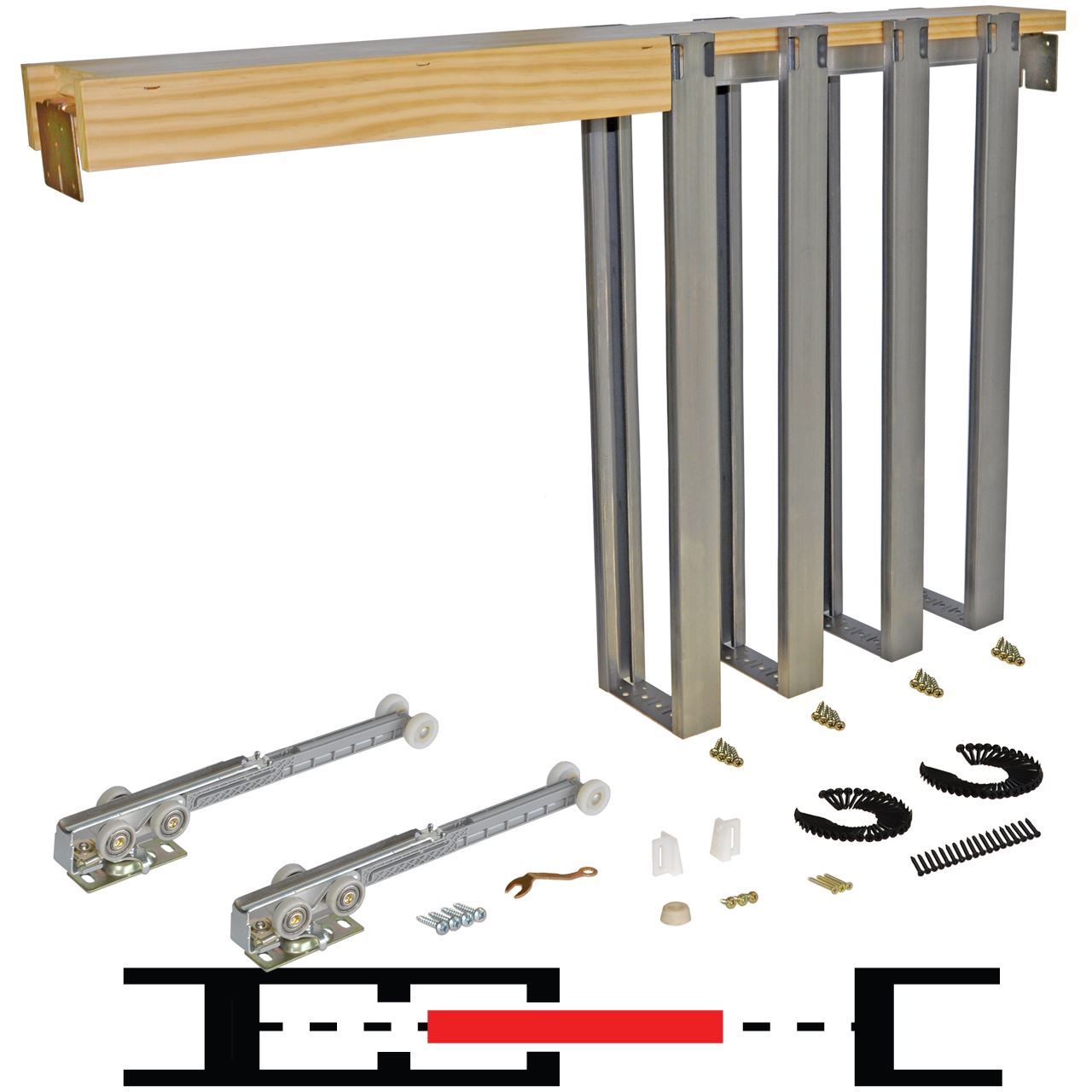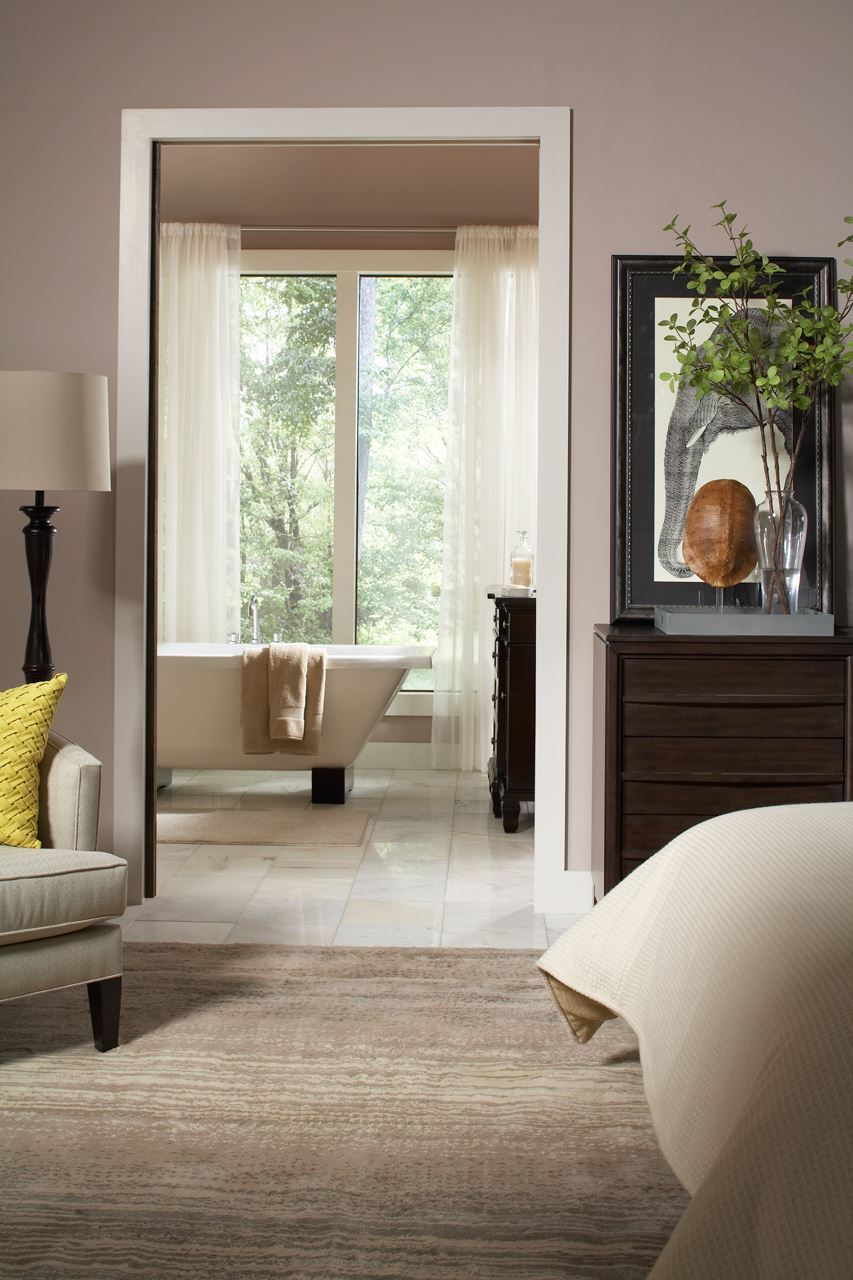
New studs form the side jambs of the opening. You’ll need to remove all the existing studs, plates and sills, as well as any electrical and plumbing. Rather than bashing the drywall with a hammer, cut it out in large sections to reduce airborne dust. If it’s covered in drywall, expect to generate a lot of dust, so protect the surrounding living area.
Pocket door frame install#
First install the header of the rough opening, which must allow for the height of the door plus room for the pocket-door header that contains the door track.įor a retrofit project, you first must demolish the existing wall in an orderly fashion. It is critical for proper door operation, however, that the frame is always installed square, level and plumb to the wall studs. Generally speaking, pocket doors all install in the same way, but there might be discrepancies between the kits of various manufacturers, so read the instructions before beginning. For example: Will two doors butt together in the middle of the opening? Or will they be built as bypass doors that slide past each other on separate tracks? Your answer will determine the frame kit you need. When planning the project, keep in mind the various application options, particularly if installing two doors. Remove the floor plate for the rough opening and construct a new door frame according to the kit’s instructions.Īlthough pocket doors are usually built when the wall is framed, you can always open a wall and reframe it for a pocket door, as shown throughout this article. Just order the next larger frame size for your door and follow the instructions. Keep in mind that if you don’t see your exact door size, the frames can be cut down to accommodate a smaller size door. Next, select a frame kit that accommodates your door size. To order a single pocket door, first determine your door size (door width, door height and door thickness). The plan for this project was to reuse the existing paneled door as the pocket door, which provided a baseline for measuring the pocket-door frame. You’ll also find options such as “soft close” actuators as well as kits that hide the door-guide hardware. Instead of a door latch, you can remove the lock mechanism and replace it with a flip-out metal pull, so you’ll have a handle to tug the door closed when it’s fully recessed in the open position. The recessed handles fold flat against the door to fit between the split studs. You can remove the door knob and replace it with a recessed handle in a wide array of styles and finishes. If you’d like to repurpose an existing door as a pocket door-no problem. Shown is the existing wall frame that must be removed and rebuilt to the rough-opening dimensions specified by the pocket-door kit. For a retrofit, cut away the wallboard in an orderly fashion that minimizes airborne dust and the related mess. Look for a high-quality pocket door frame with durable hardware. Pocket door hardware kits are usually available for doors 1-1/8 inches to 1-3/4 inches thick by 6 feet, 8 inches high. You can buy a kit that includes the door, but the hardware will typically work on any door- solid or hollow core or flat or paneled-that is slim enough to fit between the split studs.

These days, pocket door hardware is sold in kits with all the components you need for installation.
Pocket door frame series#
For this project, we used they 1500 Series Pocket Door Frame from Johnson Hardware. Today’s pocket-door kits include all the framing components and hardware necessary to complete the installation. In place of solid studs, the pocket-door frame utilizes “split studs”-one on each side of the door-which the door slides between to open and close. The space-saving design of a pocket door can be a handy solution for small living areas, such as bathrooms, where a hinged door might occupy too much floor place.Ī pocket door slides into a frame of metal and wood that is installed when the wall is constructed.

The “disappearing” aspect of the doors presents a neat aesthetic option to a home, and for certain floor plans this feature is critical to avoid doors that interfere with the natural flow of foot traffic. Pocket doors have long been popular because they “disappear” into a wall, so there’s no swinging door in either adjoining room. Alternative Heating & Fireplace Inserts.


 0 kommentar(er)
0 kommentar(er)
